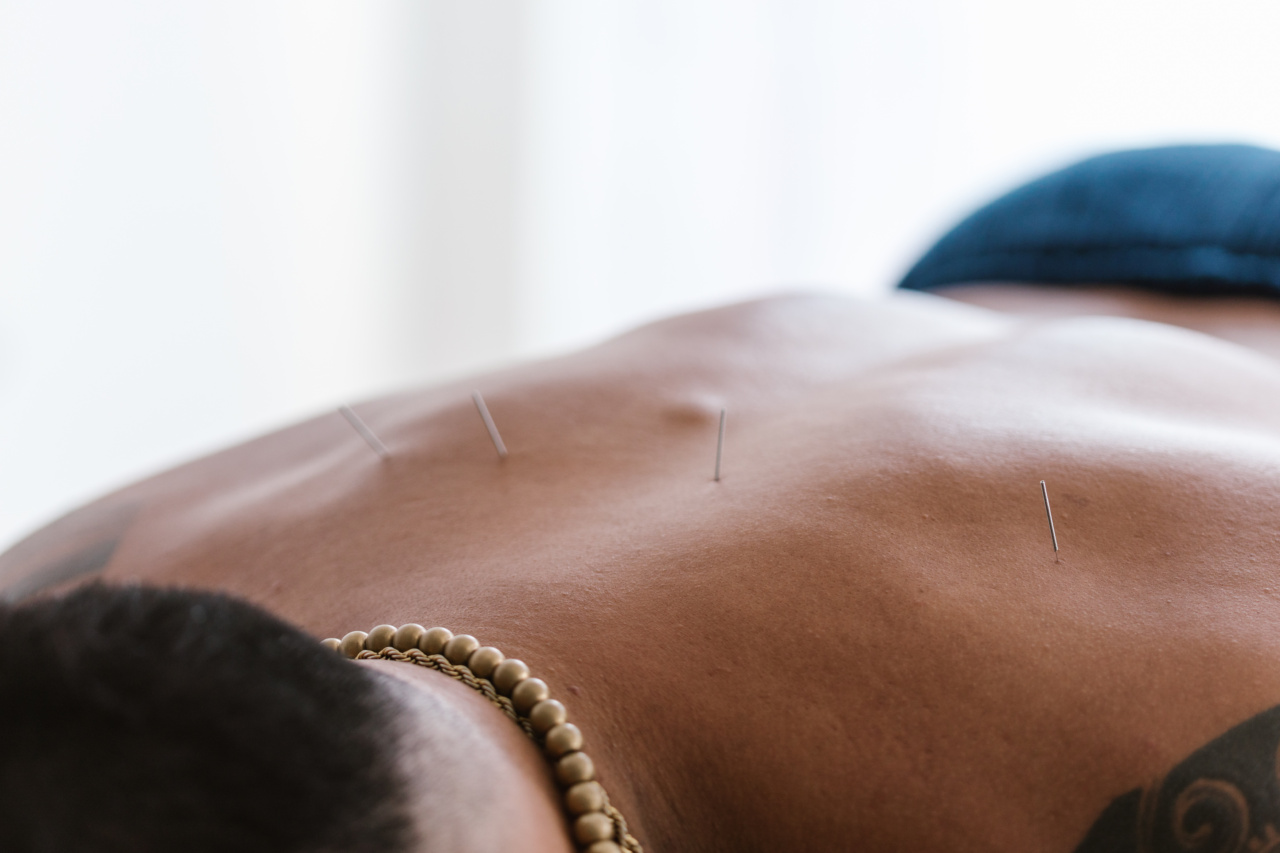Back pain is a prevalent condition that affects millions of people worldwide. It can be a result of various factors such as poor posture, muscle strain, or structural abnormalities.
Regardless of the cause, finding an effective treatment for back pain is crucial in restoring mobility and improving the quality of life for patients.
The Traditional Approaches: Yoga and Physiotherapy
Yoga and physiotherapy have emerged as two popular and effective treatment options for back pain. Both approaches aim to alleviate pain, improve flexibility, and strengthen the muscles supporting the spine.
While there are differences in their techniques and philosophies, both offer potential benefits for back pain patients.
Benefits of Yoga for Back Pain
Yoga is an ancient practice that combines physical postures, controlled breathing, and meditation to promote overall well-being. It has gained recognition for its therapeutic effects on various health conditions, including back pain.
Here are some of the potential benefits of yoga for back pain patients:.
1. Improved Flexibility and Posture
Yoga poses gently stretch and strengthen the muscles, improving flexibility and promoting proper alignment of the spine. This can help correct postural imbalances and alleviate strain on the back, reducing pain in the long run.
2. Enhanced Core Strength
The core muscles, including the abdominal and back muscles, provide support to the spine. Yoga exercises engage and strengthen these core muscles, leading to better stability and reduced back pain.
3. Stress Reduction
Chronic back pain is often accompanied by stress and anxiety, which can further exacerbate the condition. Yoga incorporates relaxation techniques and mindfulness practices, helping individuals manage stress and promote emotional well-being.
4. Increased Body Awareness
Yoga encourages participants to become more mindful of their body and its sensations. By cultivating body awareness, individuals can identify the causes of their back pain and make appropriate adjustments to prevent further injury.
Benefits of Physiotherapy for Back Pain
Physiotherapy, also known as physical therapy, focuses on utilizing evidence-based techniques to restore function, alleviate pain, and improve physical strength and mobility. When it comes to treating back pain, physiotherapy offers several advantages:.
1. Targeted Exercises and Manual Therapy
Physiotherapy treatments are tailored to the individual’s specific needs and may include targeted exercises and manual therapy techniques. These personalized approaches address the root cause of back pain and promote healing and recovery.
2. Pain Management
Physiotherapists can employ various pain management techniques, such as heat or cold therapy, electrical stimulation, or ultrasound, to reduce discomfort and inflammation in the affected area.
This allows individuals to engage in rehabilitative exercises with less pain.
3. Education and Self-Management
Physiotherapists provide valuable education and guidance on proper body mechanics, postural alignment, and ergonomics. This empowers patients to take an active role in their recovery, preventing future back pain episodes.
4. Rehabilitation and Functional Improvement
Physiotherapy aims to restore function and improve the patient’s ability to perform daily activities.
Through targeted exercises, stretching, and strengthening techniques, individuals can regain their strength, endurance, and flexibility, enabling them to return to their normal routines.
Choosing Between Yoga and Physiotherapy
When deciding between yoga and physiotherapy for back pain treatment, it is essential to consider several factors.
These include the individual’s preferences, the severity and underlying cause of the back pain, and the accessibility of resources and practitioners.
Severity and Underlying Cause of Back Pain
For individuals with mild to moderate back pain without any specific underlying conditions, both yoga and physiotherapy can be viable options.
Yoga’s holistic approach to wellness may be beneficial for overall well-being, while physiotherapy’s targeted exercises address specific muscle imbalances and dysfunctions.
However, for individuals with severe or chronic back pain, a thorough assessment by a healthcare professional is recommended. Physiotherapy, with its evidence-based techniques and personalized treatment plans, may be more suitable in these cases.
Individual Preferences
Different individuals have varying preferences when it comes to treatment approaches. Some may find solace and enjoyment in the meditative nature of yoga, while others may prefer the guidance and hands-on approach provided by physiotherapists.
It is crucial to choose a treatment option that aligns with personal preferences to ensure better adherence and long-term success.
Accessibility and Availability
Accessibility to yoga classes and physiotherapy services may also influence the choice between the two approaches. Yoga can often be practiced from the comfort of one’s home with online resources or in group classes.
On the other hand, physiotherapy requires access to a qualified practitioner or facility, which may not be readily available in some areas.
Integrating Yoga and Physiotherapy
While yoga and physiotherapy are distinct treatment modalities, they are not mutually exclusive. In fact, they can complement each other in a holistic approach to managing back pain.
Individuals can integrate elements of yoga, such as gentle stretches and mindfulness, into a physiotherapy routine to enhance the benefits and promote overall well-being.
It is important, however, to consult healthcare professionals, such as physiotherapists or doctors, before combining different treatment approaches.
They can provide personalized recommendations based on an individual’s specific condition and needs.
Conclusion
Back pain is a complex condition that requires a comprehensive approach to treatment. Both yoga and physiotherapy offer potential benefits for back pain patients, addressing the physical, mental, and emotional aspects of the condition.
By considering individual preferences, severity and underlying cause of back pain, and accessibility, individuals can choose between yoga and physiotherapy with equal confidence, or even integrate elements of both for a well-rounded approach to recovery and improved quality of life.





























